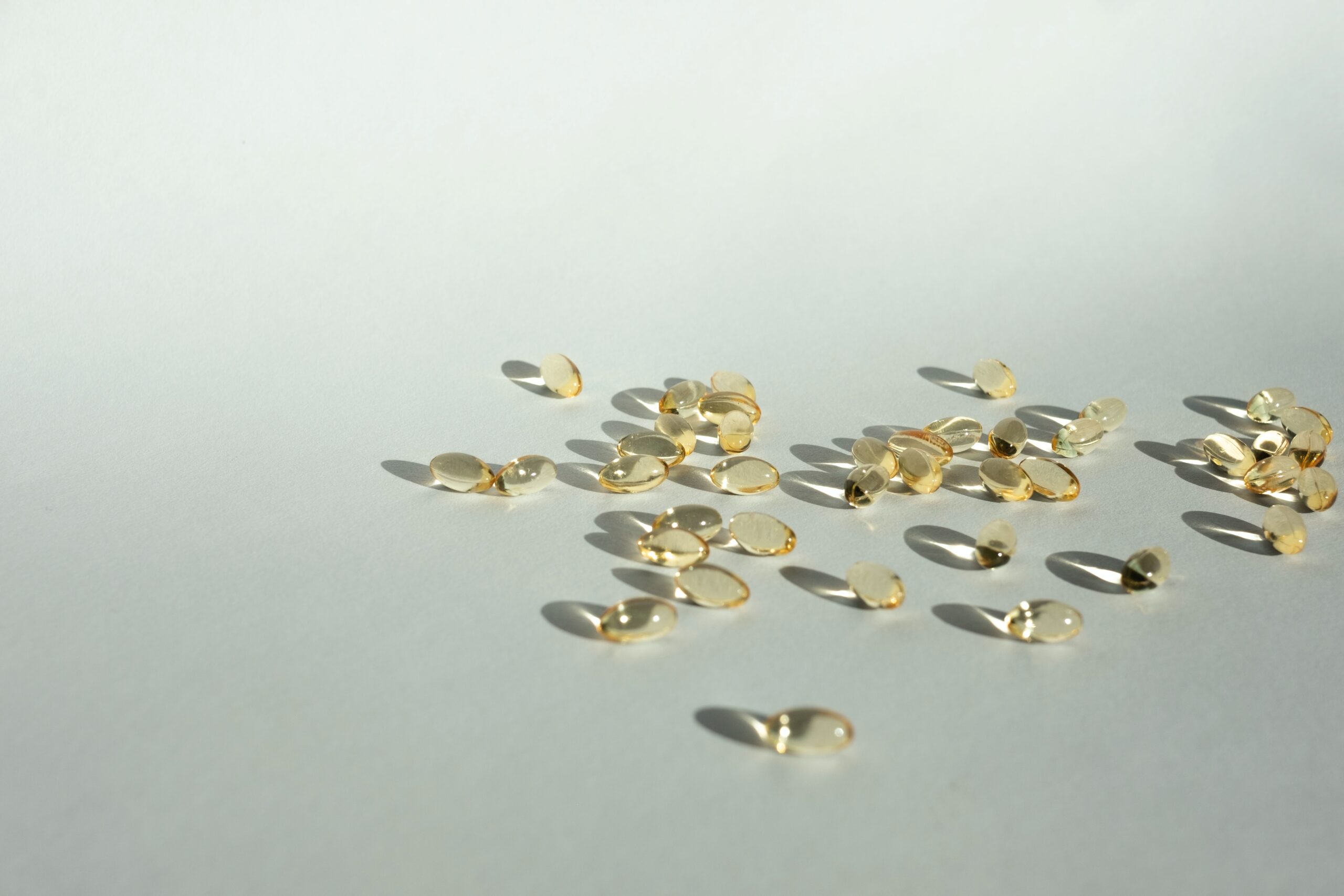Our bones compose the framework within the human body that is essential for us to function from top to bottom (brain, heart, and other organs). Bones also store essential minerals (calcium and phosphorous). This serves two functions: 1) To keep our bones strong; and 2) To release minerals in other capacities for when our body signals it needs them.
I think many can reflect on hearing on that common phrase in our childhood – “Drink milk to have strong bones.” But, the truth of the matter is we need to be cognizant of our bone health through each decade of our life. It doesn’t stop when we are kids. Makes sense, right? Our health requires constant attention throughout our lives.
Are you taking precautionary methods to stay as bone healthy as possible? If not, here is your nudge. Providing us with expert insight is Dr. Stephen Honig, board certified in rheumatology and internal medicine, who is in practice at NYU Langone Health. Honig’s primary areas of interest are osteoporosis and metabolic bone diseases. In addition to practice in clinic, he is part of a team working to study new imaging techniques to better determine patients’ bone strength.
When asked what appears to be the greatest risk factor for a person to experience bone loss at some point in their life, Honig said, “The lower the bone density, the greater the risk of fracture.”
From a doctor’s standpoint, “all osteoporosis evaluations and recommendations are based on a patient’s fracture risk and treatment is designed to reduce the incidence of fractures,” he said. Though it is not solely limited to that, he explained other important factors include “‘has the patient had a prior osteoporotic related fracture?’”
To sum it up, “Prior fracture history [in an individual] and the bone density test are the greatest indicators.”
If you have yet to undergo a bone density test, NYU Langone Health explains the basics:
“Bone densitometry is an imaging services exam used … to diagnose bone loss.”*
“The established standard bone density test is dual-energy X-ray absorptiometry, or DEXA. Measurements are most commonly taken of your lower spine and both hips.”*
During the exam, the patient is lying down on their back. When the spinal portion is being conducted, the patient’s legs are raised to straighten the spine.
When it’s time to examine the patient’s hips, feet are placed in a brace so the hips are rotated inward. It’s a short test, lasting around 15 minutes. During that time, the scanner collects information in order for a doctor to assess and formulate a plan going forward.
One must keep in mind that there are also important standalone factors, such as if an individual has “balance issues … or is frail” that can contribute to bone loss. As with many elements in health, there is not a cookie cutter, by-the-book standard that applies to everyone.
Let’s switch gears and understand what Honig recommends (other than medication) for individuals seeking ways to slow bone loss:
“General health measures are important.”
- “If you smoke – you shouldn’t smoke…;
- Alcohol [consumption] in moderation;
- [Consume] an adequate-to-high protein diet;
- [Ensure] you have an adequate amount of Vitamin D.”

Vitamin D intake is something that has been in my wheelhouse for a moderate amount of time and I must thank my doctors for sharing its value. After going through a few manageable health emergencies, doctors I trust and respect reinforced Vitamin D’s importance, and not just when under the weather, but consistently year-round.
Dr. Honig’s expertise lends to this, stating “Vitamin D is important because it is responsible for absorbing calcium from the diet. So you don’t want to have a low Vitamin D.”
Like everything, moderation and working cohesively with your doctor is encouraged. Dr. Honig also said, “You don’t want to have a very high Vitamin D. You want to have a level that is commensurate with good health which is usually somewhere in the 30-60 range. That’s what we aim for.”
When Vitamin D is too low, a patient “can get into some issues with secondary hyperparathyroidism, which is not good for bones.”
NYU Langone states, “Secondary hyperparathyroidism occurs when the parathyroid glands secrete too much parathyroid hormone in response to low calcium and vitamin D levels in the blood. Low calcium levels can result when the body lacks vitamin D, which is necessary for the absorption of calcium from the gastrointestinal tract.”**
“Blood tests are very effective in determining the type of hyperparathyroidism.”**
As “there is no confirmed value for Vitamin D supplementation, even though the Institute of Medicine has a value of 400 to 800 units of Vitamin D as a recommendation.”
Dr. Honig provided a breakdown on Vitamin D levels, stating that doctors “aim for good Vitamin D levels.”
- “Some people do very well with 400;
- Some people do not even need a supplement;
- Others need more in order to normalize their Vitamin D levels.”
The great news is that a doctor can order a simple blood test to diagnose a patient’s Vitamin D level to help identify where it stands and what approach to take.
Dr. Honig, having a keen interest in imaging research and currently collaborating with colleagues regarding it, offered a comparison of old existing imaging techniques and new ones being looked at that offer specialists an opportunity to gain a better understanding of a patient’s individual bone condition.

Conducting a bone density test is the most common way for a doctor to measure an individuals’ bone health. “We know bone density is a significant component of bone strength,” he said.
Honig explained that, “The idea of imaging beyond [a] bone density test is mainly a research tool at this time.”
“There are a number of modalities that are used. At NYU Langone Health we happen to use a high-resolution MRI looking at the hip. Other [medical facilities] use what’s called a peripheral CT scanner looking at the distal forearm and the distal ankle area; the radius in the forearm and the tibia in the lower leg.”
Imaging will inform if the structure of bone is disrupted. In addition to structure, Dr. Honig explained that there are a number of things also looked at including, “the trabecular number, the trabecular spacing, the trabecular thickness, and what we call trabecular connectivity.”
If one is in optimal bone health, “You have nice normal trabeculae, they connect with one another; there is very little spacing between the trabeculae.” The alternative is “when you start to see a breakdown of the micro-architecture, the number of trabeculae decreases, the space increases, and thinning occurs and actual connectivity may be disrupted.”
If any of those issues are identified and diagnosed, they can “lead to structural decay if you will, or imbalance.” Ultimately, that is what Dr. Honig and other experts say is, “important in order to predict fracture risk.”
The concern with being more prone for fracture risk is “the more micro-architectural changes you have, the more likely you are to sustain a fracture when you have some exciting event.” A fall is an example of an exciting event.
What I find quite interesting is that “most of the time the forearm, the wrist fracture, or the ankle fracture etc. are the result of some degree of trauma added to the low bone quality.” Whereas, “A spinal fracture, in contrast, is usually just a result of very poor bone quality.”
Dr. Honig said, “The micro-architecture is so compromised that under routine activity the vertebral bodies can collapse. And they generally don’t need the element of trauma.” Though it is important to understand, not every person experiences the same scenario. There are incidences where “some people do fall on their back and add that trauma but most compression fractures in older people are spontaneous, not caused by trauma.”
To gain better clarity on bone quality, Dr. Honig expanded, “Bone quality is a non-measured component of bone strength and the micro-architectural changes. We are currently using a measure of bone quality in the lumbar spine called a trabecular bone score.”
A software program within the bone density test “takes the result of the lumbar spine bone density and has a variogram and analyzes that and comes up with an estimate of bone quality, the micro-architectural changes and there is a scale that exists from degraded micro-architecture to partially degraded micro-architecture to normal micro-architecture of the lumbar spine.”
A question currently circulating amongst researchers is
“How important is micro-architectural deterioration in terms of bone quality?”
With many parts of our bodies playing an integral role in our health, I hope Dr. Honig’s insight and advice encourages you to do what you can to stay as bone healthy as possible.
How fortunate we are to have experts like Dr. Honig to share knowledge to benefit our health and wellness. It goes a long way!
*https://nyulangone.org/locations/bone-density-testing
**https://nyulangone.org/conditions/hyperparathyroidism/diagnosis
Coming next: Is alcohol a friend or foe?
